Product & Production
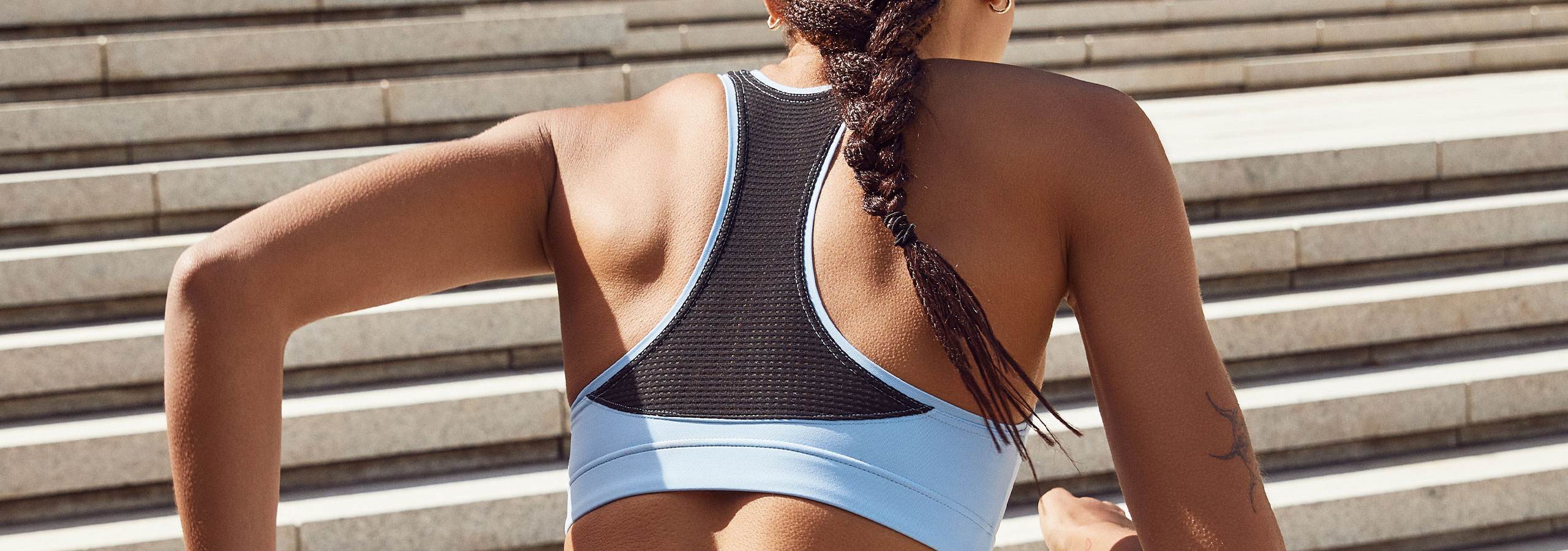
Product & Production
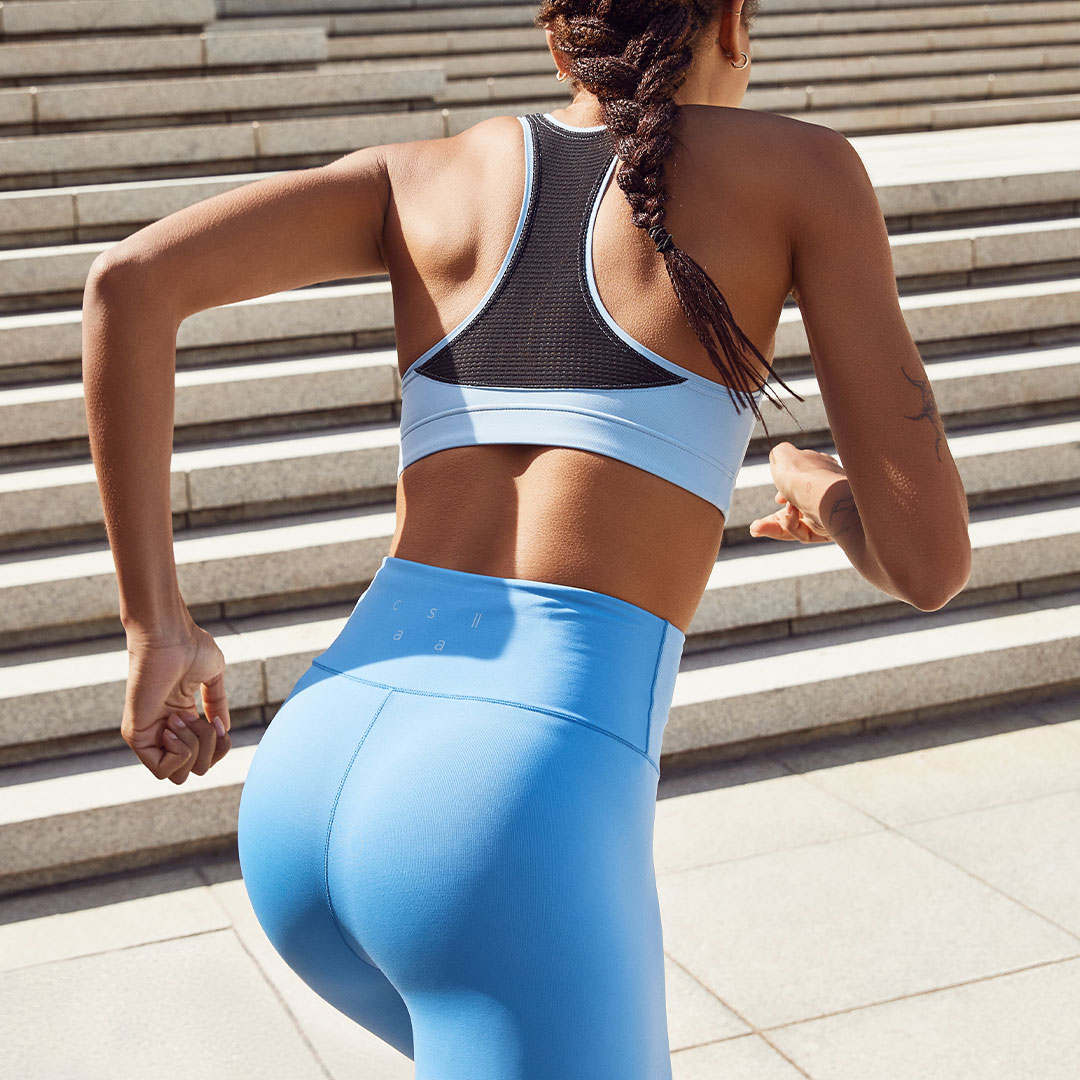

Materials & Quality
Coming from superior expertise and promising highest performing quality, our choice of materials is more than important, they are decisive.
There are many aspects to take into consideration when choosing materials. Every product is crafted to exceed your expectations with all the right functionalities for your activity –with incomparable durability, which is one of the most important aspects in the circular economy - to make sure things last. Because it’s not in the least bit sustainable if your tights wear out after one year or your yoga mat never gets used because it doesn’t have a good grip.
The materials we choose have an environmental impact in many ways, when being produced, but also in the long run, when being used and eventually when it’s time to let go of them.
Now to the tricky part where there many times is a conflict between durability and more environmentally friendly materials, especially looking at the full lifecycle where the afterlife of the product also needs to be taken into consideration. One example being recycled fibers, which is great as we lessen the dependency on virgin resources, however, many times the recycled material is less durable and have a more fluctuating quality, which can give a shorter lifespan of the product. Another example is elastane, which is used to give the perfect fit and comfort over time, but when blending materials, it is much harder to recycle once they have come to the end of life with current technology.
Awareness and courage are key to succeed in this quite complex area. We make considered and informed decision based on the whole lifecycle of a product, for every piece we create, continuously challenging and learning. Trust that we keep seeking innovative materials and solutions to take us further on the route, without compromising the quality and longevity of the product. Read more about different aspects and way of creating and evaluating products in our Design & Product Guidline here.
The result of every single product is truly teamwork. For our wear collection we work with a few selected fabric producers mainly in Europe, many of them since decades, which we collaborate closely with to drive innovation and share knowledge. We focus on our bestselling signature fabrics which have passed rigorous quality tests and comes with a durability guarantee. This has allowed us and the supplier to work them till perfection, and we keep on innovating and perfecting to deliver the very best. We take the fact that leading gym chains in the Nordics again and again are choosing Casall clothing for their personnel, wearing it every day as a receipt for that we are delivering on our promise of longevity. In short, we are proud to be the choice of professionals.
Our aim is to use recycled or more sustainably sourced materials1 in our full range by 2030, without compromising the quality and longevity of the product. We are therefore committed to make 100% of our wear range with at least 50% recycled or more sustainably sourced materials latest 2025 and aim at 50% for our tools range with a target of 25% recycled or more sustainably sourced materials by 2025.
Definition of more sustainable for tool:
- Content of minimum 25% recycled, organic and/or bio-based materials such as; sugar cane, bamboo, rice husk, cork.
- % of assortment living up to the more sustainable criteria:
AW20 AW21 AW22 SS23 AW23 SS24 AW24 2025 Goal
17% 19% 28% 30% 39% 41% 34% 50%
Definition of more sustainable for wear:
- Content of minimum 50% recycled, organic and/or bio-based biodegradable materials such as TENCEL™ Lyocell.
- % of assortment living up to the more sustainable criteria:
SS22 AW22 SS23 AW23 SS24 AW24 2025 Goal
48% 80% 87% 86% 89% 89% 100%
We also aim for better traceability by understanding the whole value chain, from raw material to finished products, to secure environmental aspects in the production of our products. Below, some of the steps that has been taken so far.
-
We require all recycled and organic materials to have a chain of custody by credible third party, such as Global Recycled Standard (GRS), Recycled Content Standard (RCS), ECONYL® or Organic Content Standard (OCS).
-
We have committed to 100% third party certified or trademarked wood-based materials latest 2025. Our wear selection is already living up to this as we only work with TENCEL™ fibers for manmade cellulosics.
Read more about our social responsibility here.
Synthetic fibers, also called man-made fibers are most commonly made from the non-renewable resource petrochemicals. Today there are recycled versions available, and more and more bio-based options are presented. We require all recycled fibers to have a chain of custody by credible third party, such as Global Recycled Standard (GRS) or Recycled Content Standard (RCS).
Synthetic fibers are known for the ability to wick away moisture, which keeps you dry during your workouts, it is also fast drying and if used right, very durable.
- Polyamide is one of the fibers we use the most, which has superior hand feel and is very suitable in activewear being durable, moisture wicking with high ability to stretch and recover, meaning keeping the shape and fit over time. It is also tear and abrasion resistant. One of the polyamides we are using is ECONYL® regenerated polyamide which is made from polyamide waste otherwise polluting the Earth, like fishing nets, fabric scraps, carpet flooring, and industrial plastic.
- Polyester is similar to polyamide in many ways and is also known for being lightweight and durable, as well as fast drying. However, it has less resistance to abrasion compared to polyamide and is more prone to pilling.
- Elastane helps give that further stretch needed for the perfect comfort and fit. We use high quality elastane and LYCRA®. For some products we also use LYCRA® XTRA LIFE™ to make the garments last even longer.
There are many different natural fibers, where we mainly work with cotton. Cotton comes in both conventional, organic, and recycled form. In terms of recycled cotton, the fibers are often much shorter when recycled which gives lower durability. Hence when using recycled cotton, it is often blended with virgin to keep the desired quality and make a product that is sustainable from the full lifecycle perspective. We require all organic and recycled fibers to have a chain of custody by credible third party, such as Organic Content Standard (OCS).
Cotton is soft, breathable, absorbent, durable, hypoallergenic and is hence a popular choice to wear in warm summer days. However, it is less common in active wear as its is absorbent and dries slower than synthetic fibers. It is also, like all other natural materials, biodegradable.
Regenerated cellulosic fibers, commonly known as for example viscose, lyocell and modal, are fibers mainly produced from wood pulp, but today there are also regenerated fibers coming from textile waste. Regenerated cellulosic fibers are also, like natural fibers, biodegradable. In terms of virgin raw material there are challenges with widespread forest depletion and deforestation, which is why we solely work with regenerated cellulosics from TENCEL™.
- TENCEL™ Lyocell fibers are naturally soft to the touch, offer long-lasting comfort and naturally manage the transportation of moisture. The fibers derive from sustainable wood sources – sustainably managed forest and have a closed loop production process.
- TENCEL™ Modal fibers are exhibiting high flexibility and long lasting quality of exquisit softness. The fibers naturally manage the transportation of moisture, enhancing fabrics by keeping your skin feeling pleasantly comfortable. TENCEL™ Modal fibers are mainly manufactured from the renewable raw material beech wood, sourced from sustainable forests in Austria and neighboring countries.
When it comes to animal fibers it is important to advocate secure, good farming practices and considerate treatment of animals. This is stipulated in our animal welfare policy, which all our supplier working with animal fibers have taken part of and been asked to sign. Recycled animal fibers are available, but in the case of wool, the fibers are often much shorter when recycled which gives lower durability. Hence when using recycled wool, it is often blended with virgin to keep the desired quality and make a product that is sustainable from the full lifecycle perspective.
- Wool, which most commonly originates from sheep, is known for its ability to regulate temperature, is naturally hypoallergenic and moisture-wicking. Wool is also naturally flame-resistant and has a natural resistance to stains and odours. Finally, it stays warming even when wet without feeling wet, which is why it is a very popular material for base layers.
Plastic is a versatile material used for many different applications. Virgin plastic can be made from non-renewable petrochemicals or bio-based feedstock. It is also possible to use recycled plastics, which can be of both pre- and post-consumer character. In our tools range we often mix recycled and virgin plastic to make it durable enough for its purpose. We require all recycled fibers to have a chain of custody by credible third party, such as Global Recycled Standard (GRS) or Recycled Content Standard (RCS) and to be BPA free and free from hazardous phthalates.
Plastics are generally durable and lightweight, comparing the latter for example with natural rubber.
Natural rubber most commonly comes from the Pará tree and is a renewable material that requires relatively little energy and few chemicals to produce. Still, the rubber tree plantations pose an environmental threat due to deforestation and monoculture rubber tree plantations, which is why we require a chain of custody by credible third party, such as Forest Stewardship Council (FSC).
Natural rubber is a highly durable and flexible material.
Cork is a natural material made with bark from Cork Oaks and is a renewable, biodegradable, and recyclable material. Portugal is home to one of the largest cork oak forest areas in the world, which is where we source our cork from.
Cork is lightweight, durable naturally moisture wicking and antimicrobial as well as hypoallergenic.
To create more circular flows, we look to use residual waste from other streams, where we for example are using agricultural waste such as buckwheat hulls for filling in some of our products.
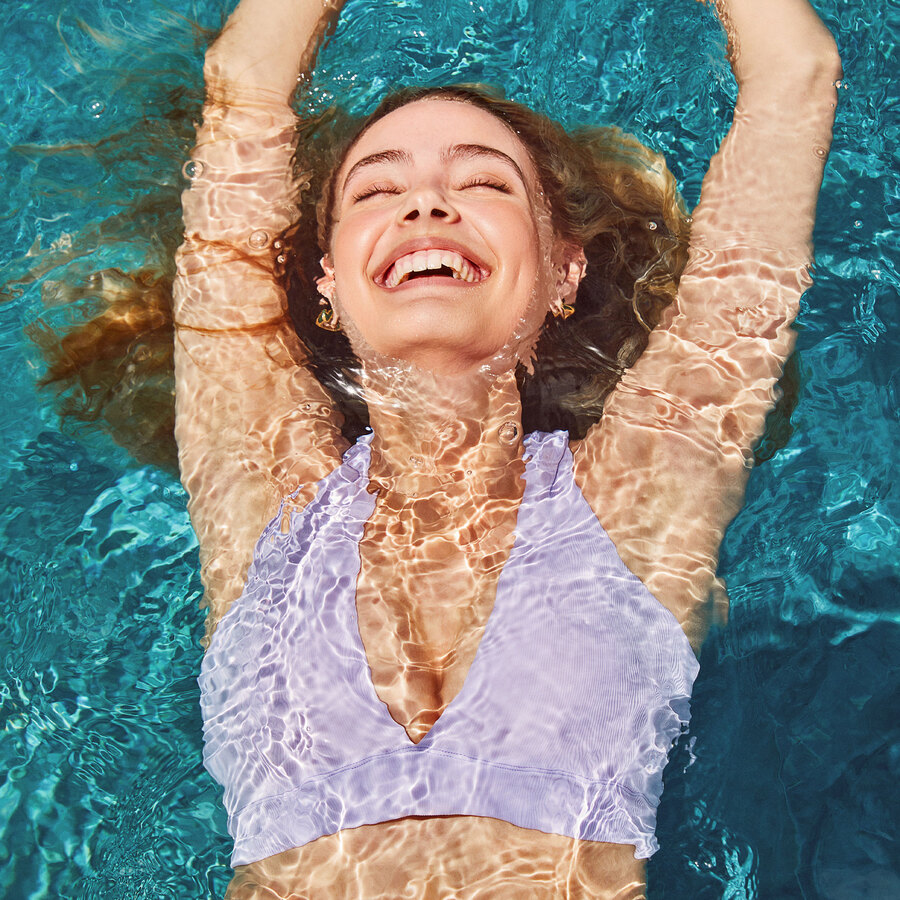
Water & Chemicals
We talk a lot about materials, but sometimes forget to talk about the magic that makes them come to life as actual products – namely all the processes, for example dyeing. This is perhaps where it becomes quite complex, but let’s keep it to the topics of chemicals and water.
When it comes to chemicals below is our policy and some examples of the outcome.
-
We work to phase out harmful substances and use the precautionary principle, where we want to go beyond what’s required from a legislative perspective.
-
In addition to our code of conduct we therefore have a chemical policy which includes a restricted substance list (RSL) and substitution guidance that all our suppliers, and also their suppliers have committed to.
-
To secure compliance we work closely with our suppliers on product level to control the substances used in the product and the processes.
-
We keep a constant dialogue to keep moving our positions forward, together with our suppliers and experts in the field.
-
Our approach is minimalism – trying not adding anything that isn’t needed.
-
Examples of the outcome being that we started phasing out PFAS 2015 and that all our tools are BPA free as well as free from hazardous phthalates.
-
We have also actively chosen to not use any antimicrobial treatments in our wear selection due to the potential environmental damage it may cause. This is otherwise very common in the sports industry to keep bad odour away, especially in polyester garments. We have instead chosen to mainly work with polyamide, which isn’t prone to smell bad in the same way.
For the water part, let’s just say processes can be more or less intensive based on the type of material and the methods used, for example when it comes to dyeing. For SS22 we ran a project together with one of our suppliers in Turkey that made us create pieces in 100% organic cotton, dyed with natural extracts from the olive leaf and lavender which saved 54%2 water and 47%3 energy. Using a mono, meaning one, material, like we did in this case also makes the product easier to recycle.
Now you might think – and what about energy? It has its own section one could say. Read more about our work related to greenhouse gas emissions here.
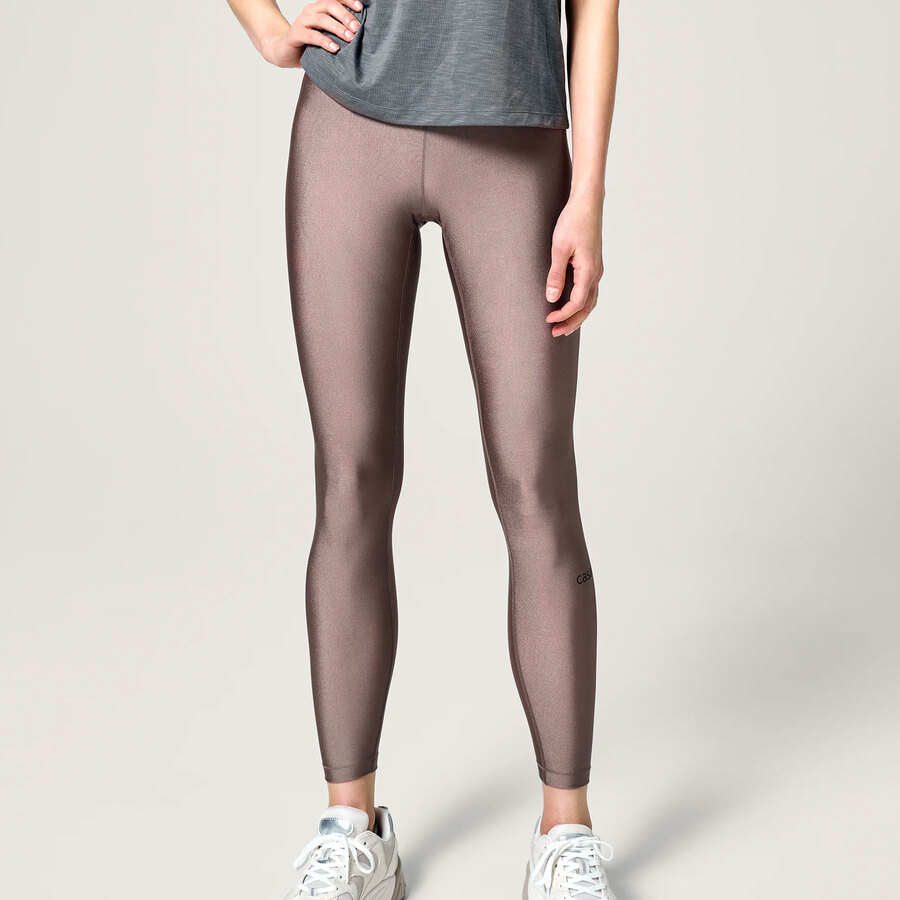
Waste
One of the major sources of waste in the textile industry is the excess fabric and clothing produced during the manufacturing process. Much of this excess is not recycled and ends up in landfills. We need to become more resource efficient and treat all materials as an asset, not as waste. Hence why we have committed to reduce overproduction with 50% latest 2025.
An attempt to further address this from our side was to create our reclaimed tights, a set of limited edition tights made with the excess of some of our most loved fabrics from our previous collections. Upcycling already existing materials to create new products as a part of our offer lessen the dependency on new inputs. Trust that we will continue to design out waste to reduce the excess we are currently facing.
Durability Guarantee
As fabric fanatics we know that the key to the perfect fit, the highest comfort and the best performance lies in superior quality fabrics. That’s why we only offer you the best there is, and we guarantee it, also in the long run. Hence all our tights in our signature fabrics4 and our Iconic Sports Bra come with a durability guarantee of 200 washes.
Why? Because as the quality enthusiasts we are, we are determined to make products that lasts, and we really do want you to be satisfied and comfortable with investing in Casall. Read more about our guarantees and how to request it here.
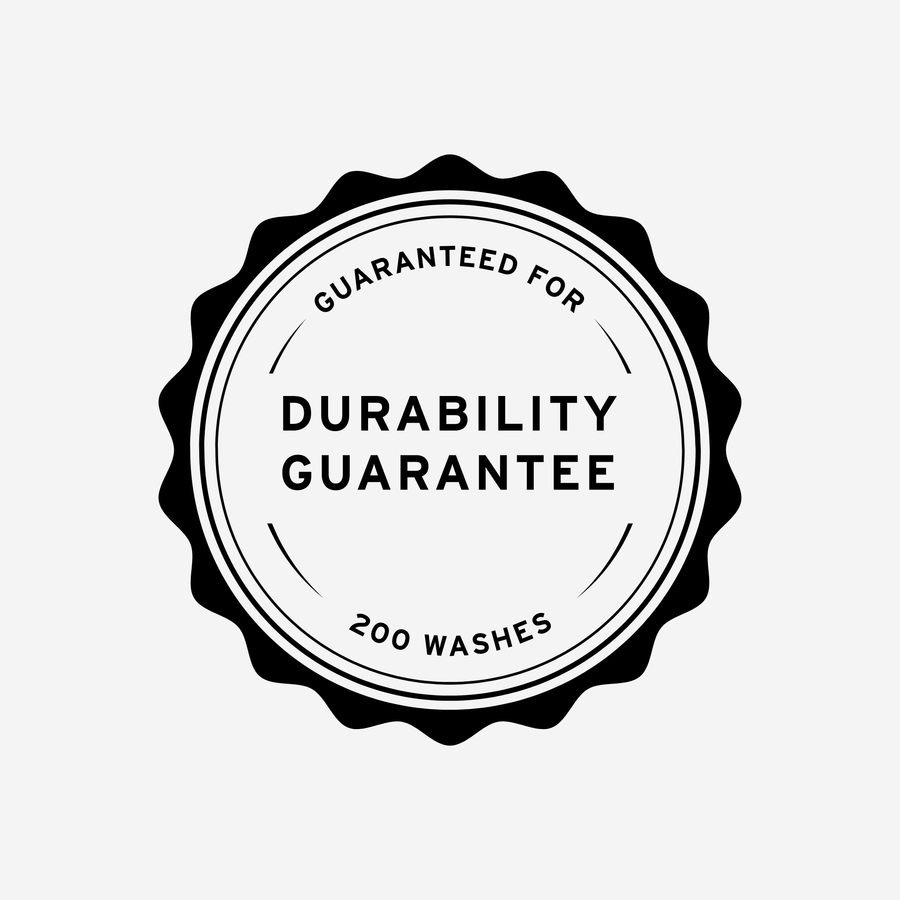
Durability Guarantee
As unparalleled experts we offer high-tech training equipment made to perform and designed to last. Supreme durability – which now comes with a guarantee. Our best selling and best in test yoga mats, Yoga Mat Grip&Cushion III 5mm and Yoga Mat Position 4mm, are covered by our durability guarantee of 500 classes.
Why? Because as the quality enthusiasts we are, we are determined to make products that lasts, and we really do want you to be satisfied and comfortable with investing in Casall. Read more about our guarantees and how to request it here.
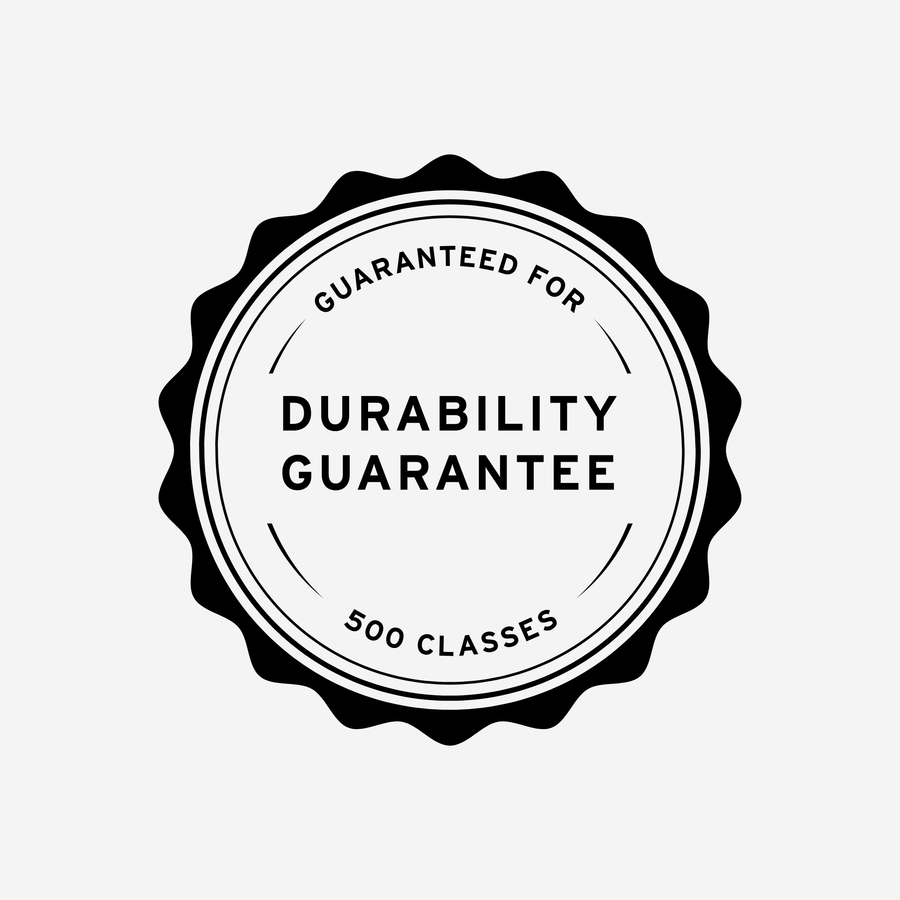
We also host spare parts, mainly for our training machines; in case anything would break so we can help fix it! This service is offered through our customer support.
PACKAGING
Our mantra for packaging is less is more, where we also try to avoid plastic and use more sustainable options, such as recycled or unbleached paper. Where we have been able to replace plastics, we have, and where we still need it, we only allow recycled plastic. An overhaul was made of our entire tools packaging range 2019, saving Earth from another few tonnes of plastic every year since.
As unparalleled experts we offer high-tech training equipment made to perform and designed to last. Supreme durability – which now comes with a guarantee. Our best selling and best in test yoga mats, Yoga Mat Grip&Cushion III 5mm and Yoga Mat Position 4mm, are covered by our durability guarantee of 500 classes.
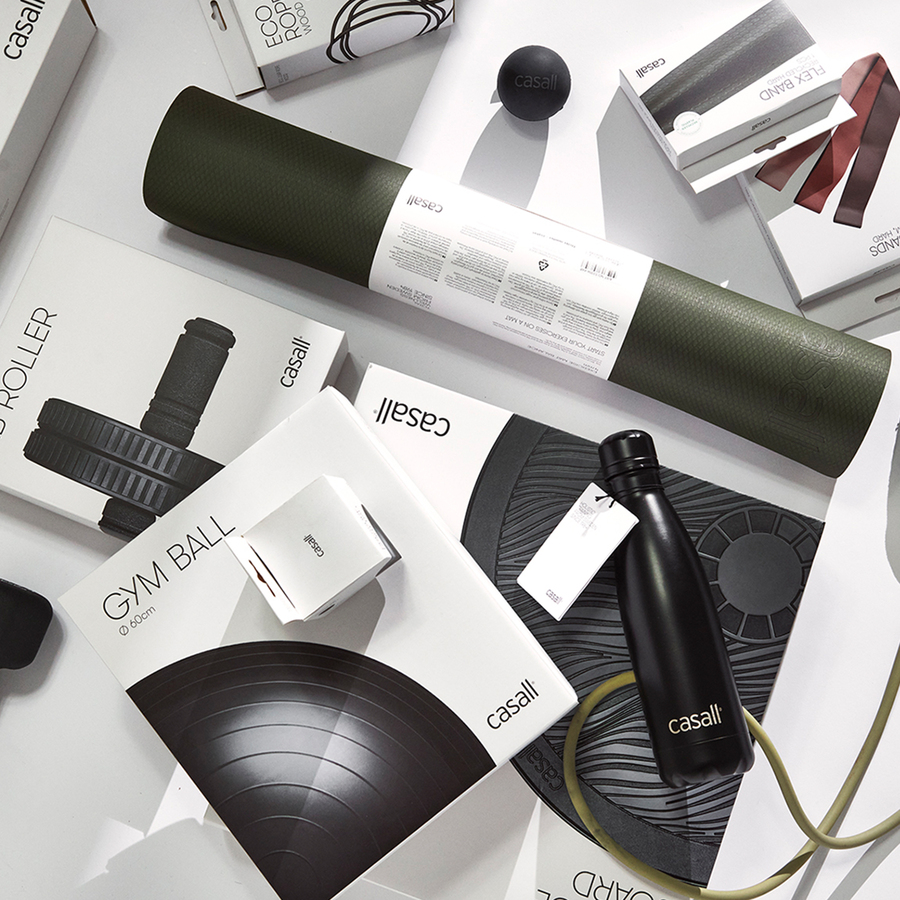
1 We classify recycled, organic, and certain bio-based materials such as TENCEL™ Lyocell and cork as more sustainable.
2 The calculation is based on a life cycle analysis carried out by a third party where natural dye is compared with a more conventional coloring method, in this case with reactive pigments. The savings are calculated based on the processes for producing the dyes and coloring the product.
3 The calculation is based on a life cycle analysis carried out by a third party. The savings are calculated based on the processes for producing the dyes and coloring the product.
4 Sculptify®, Toning Touch®, Silky Support®, Smooth Shaping and Hold-on-tight®.
